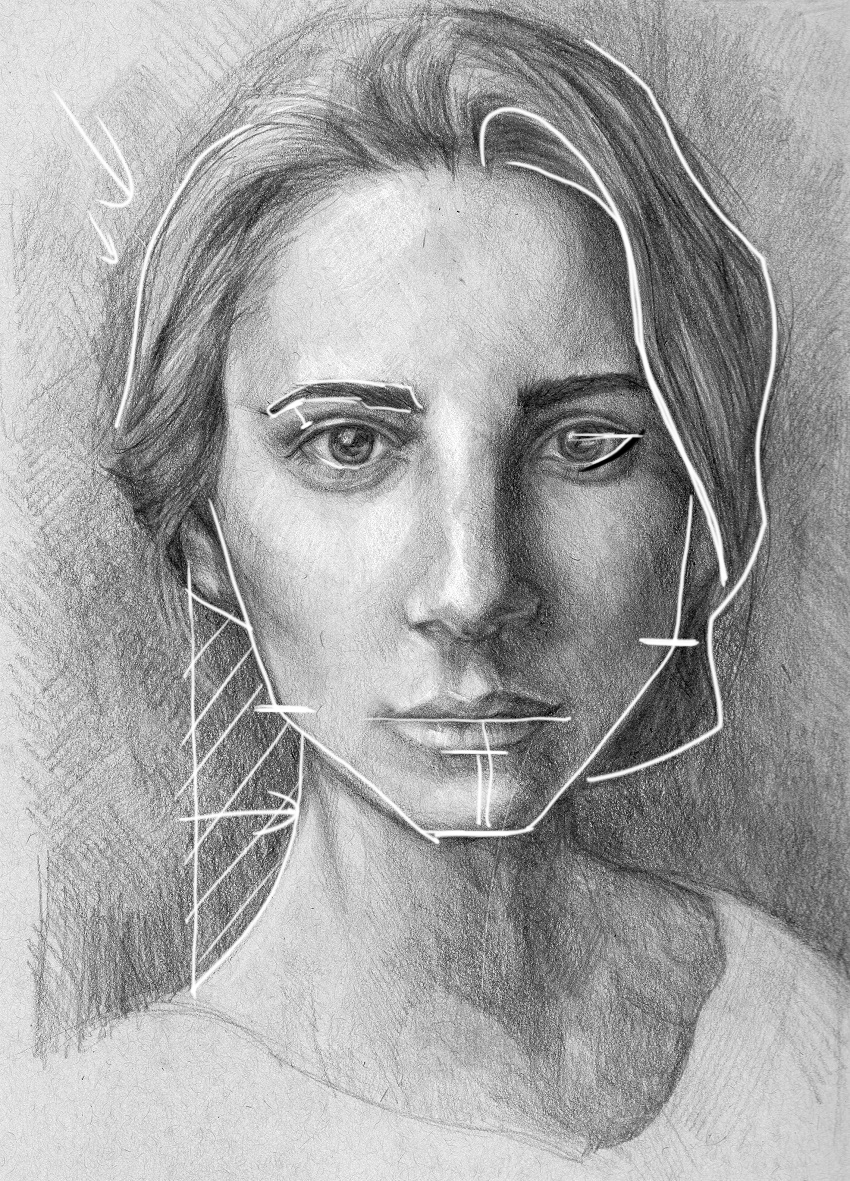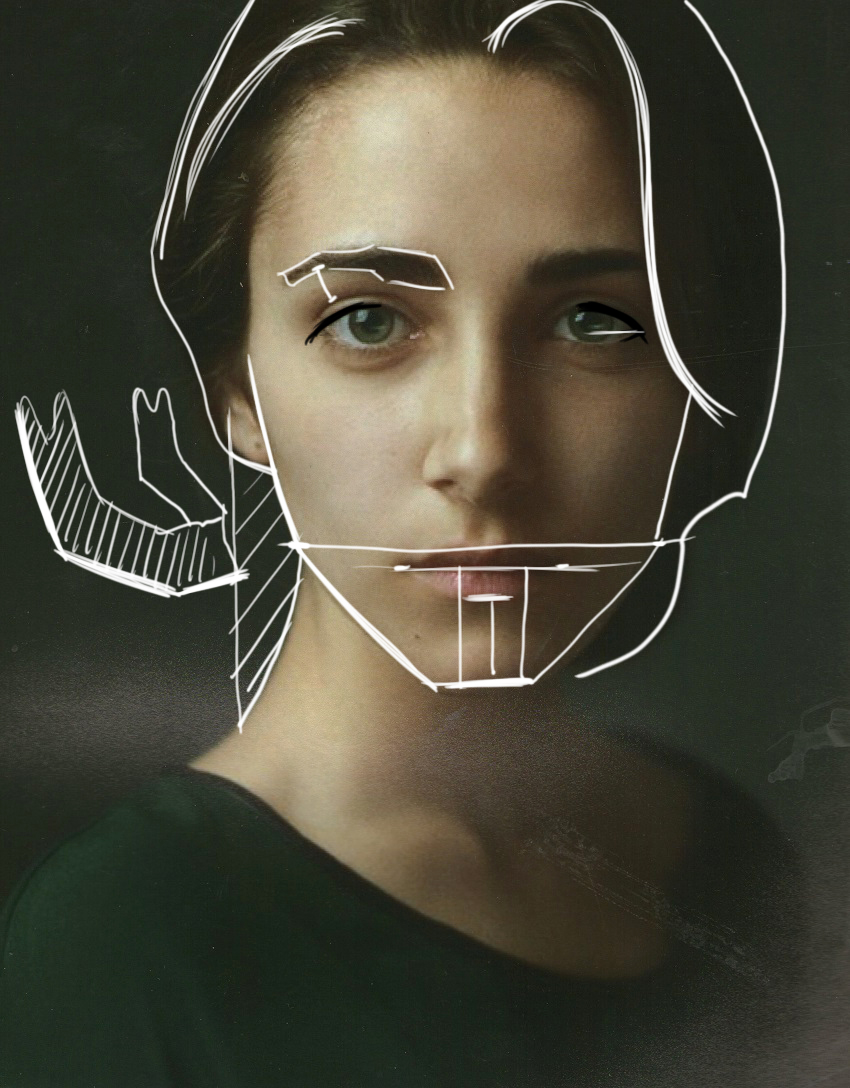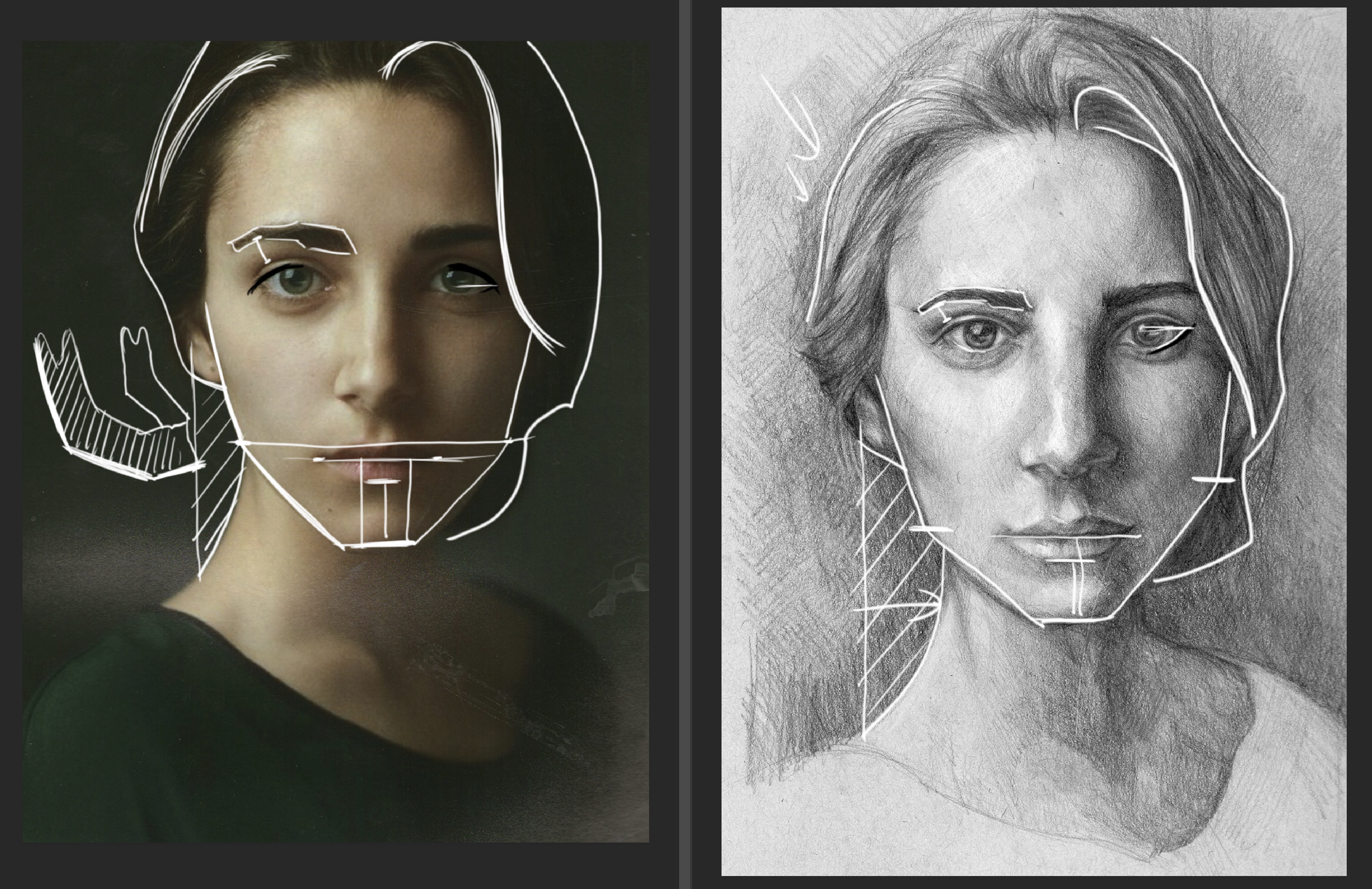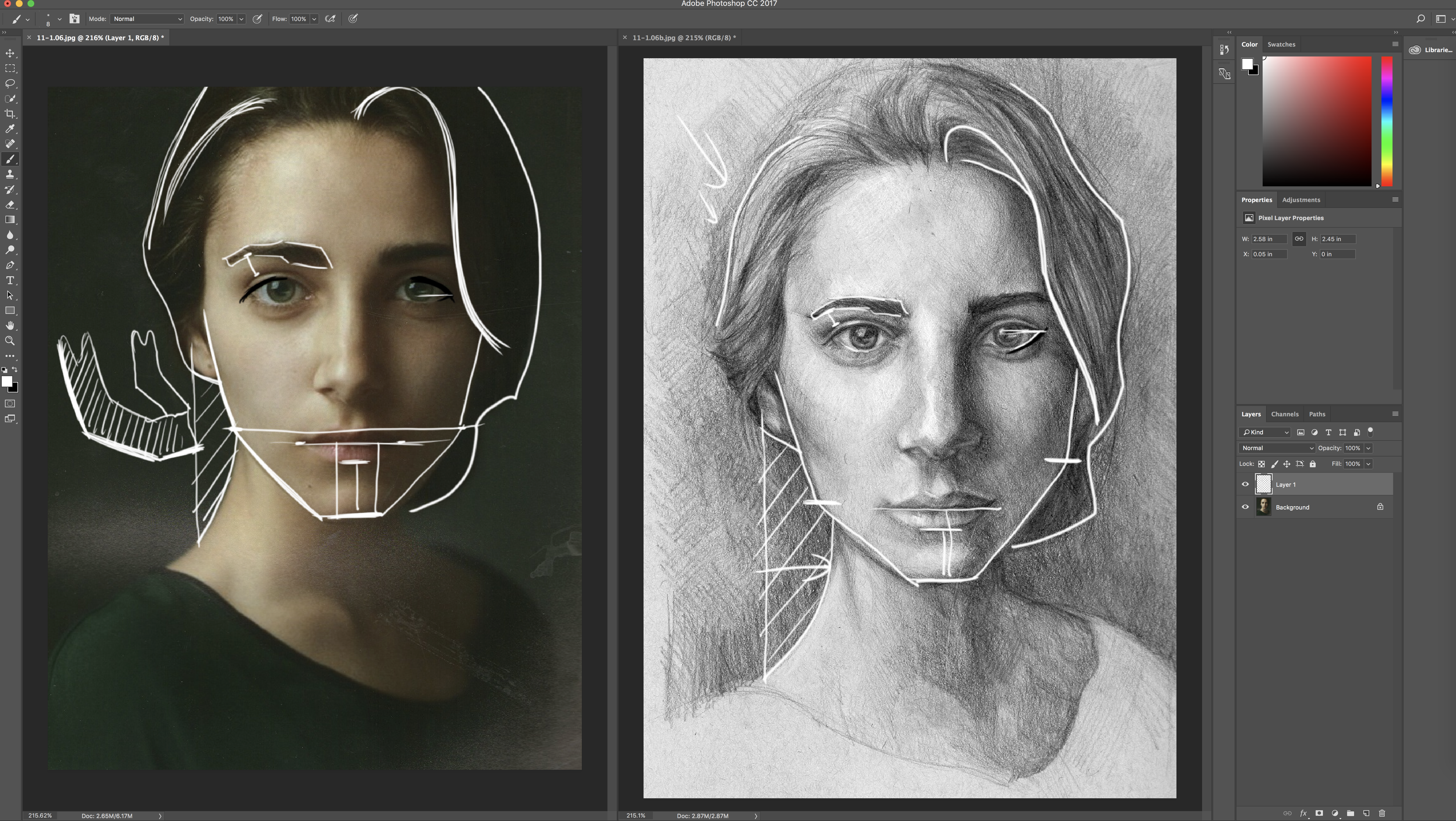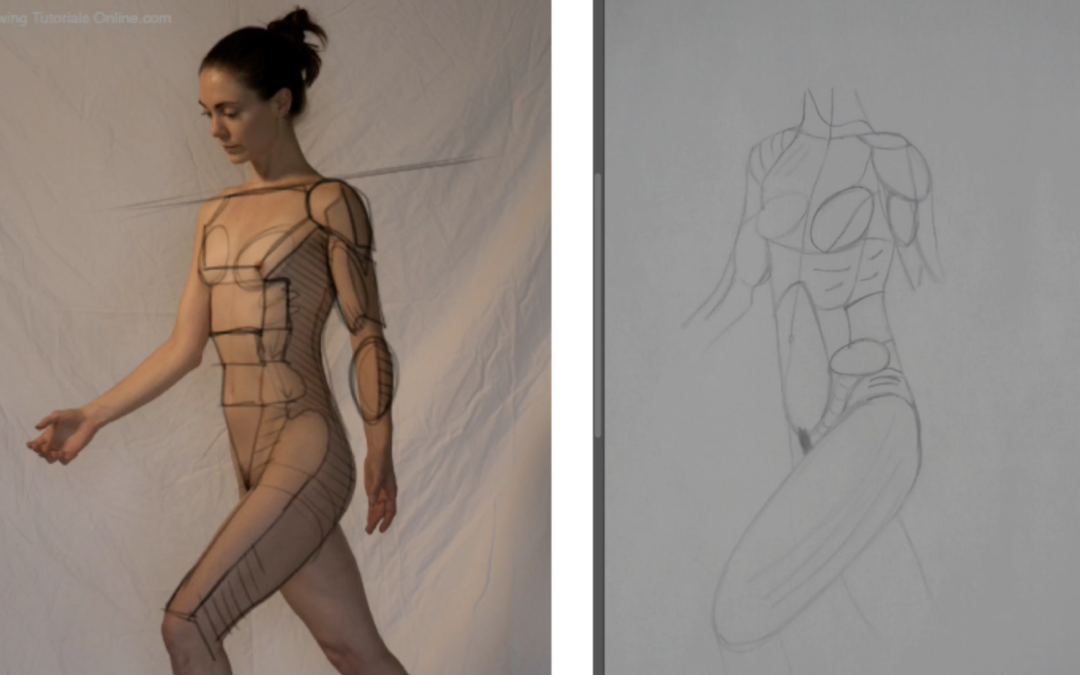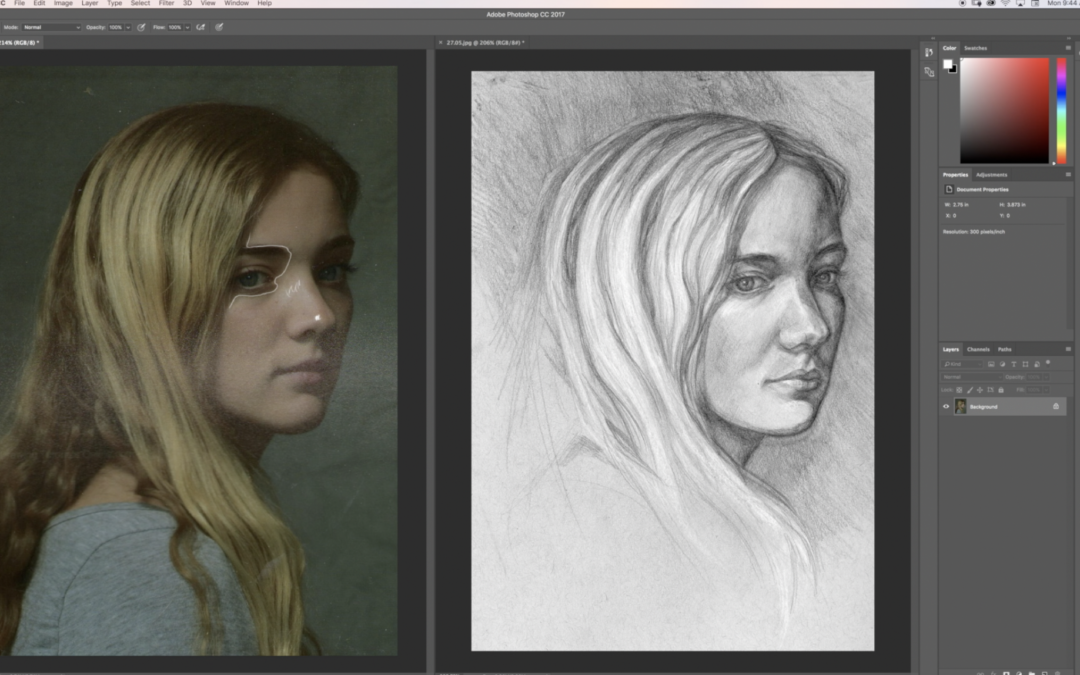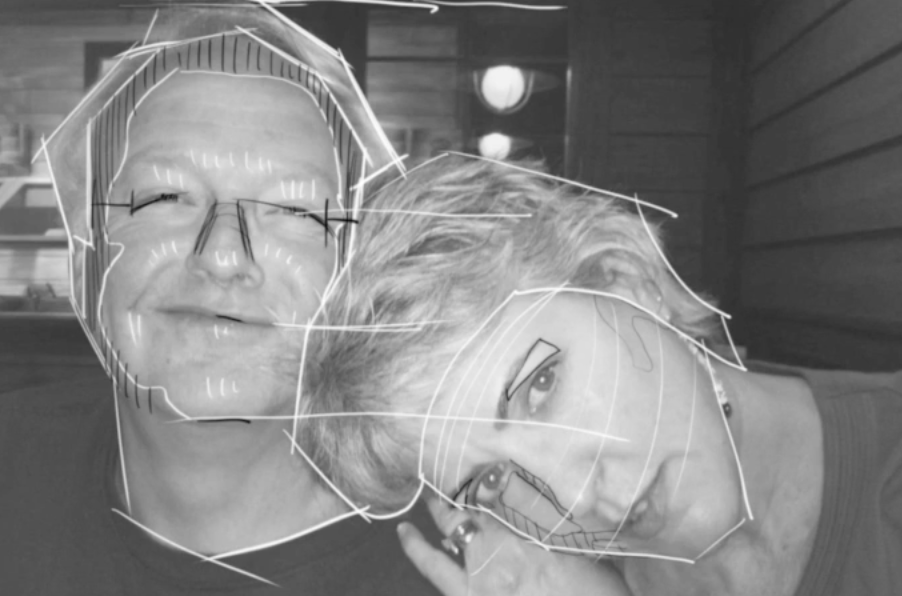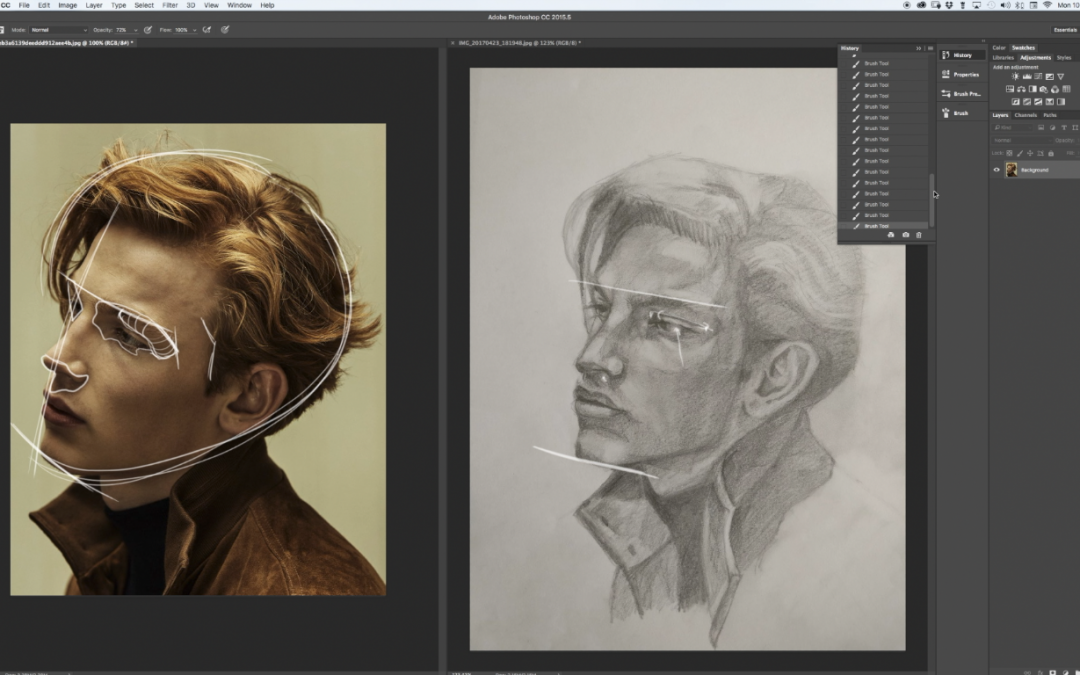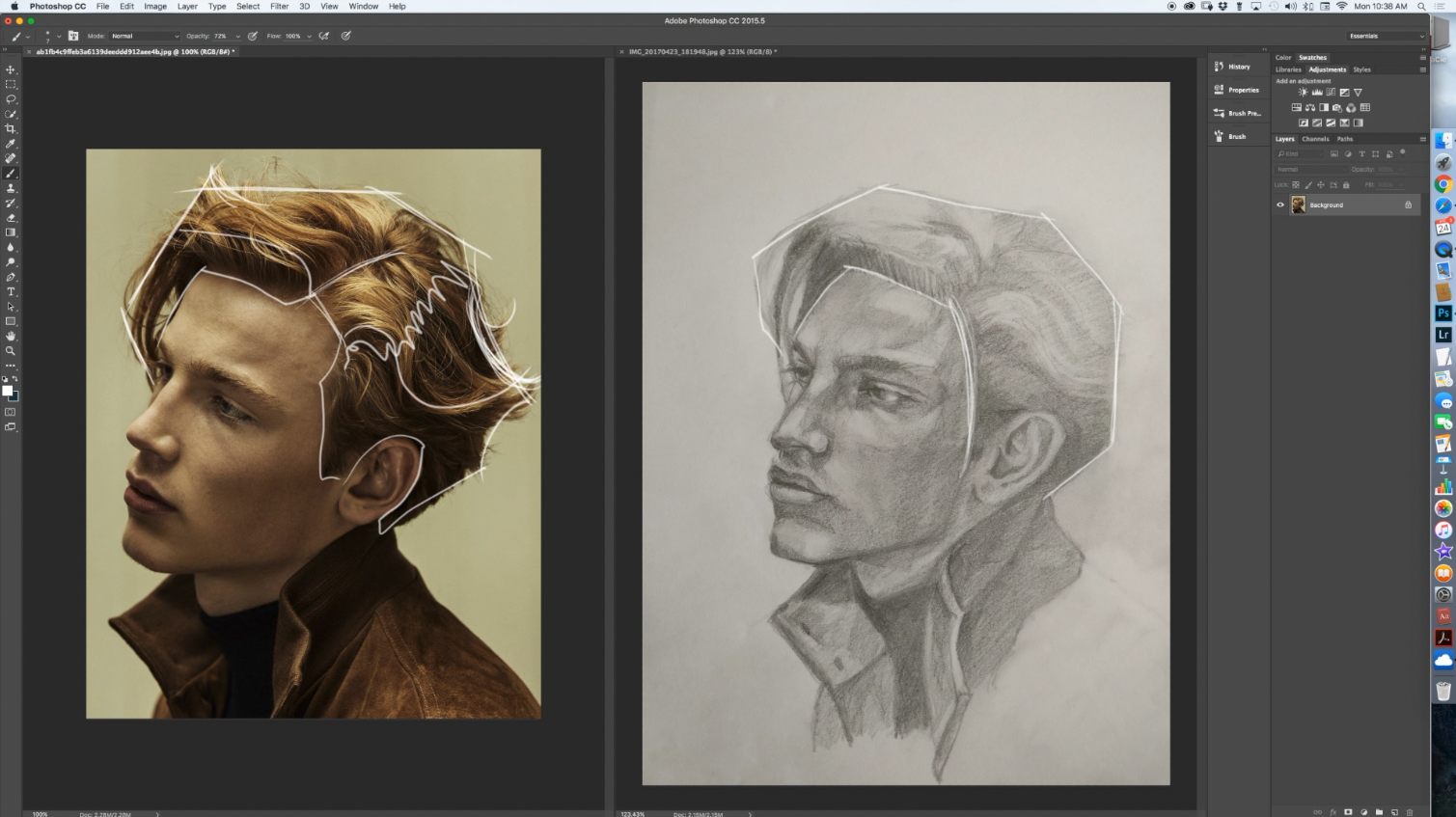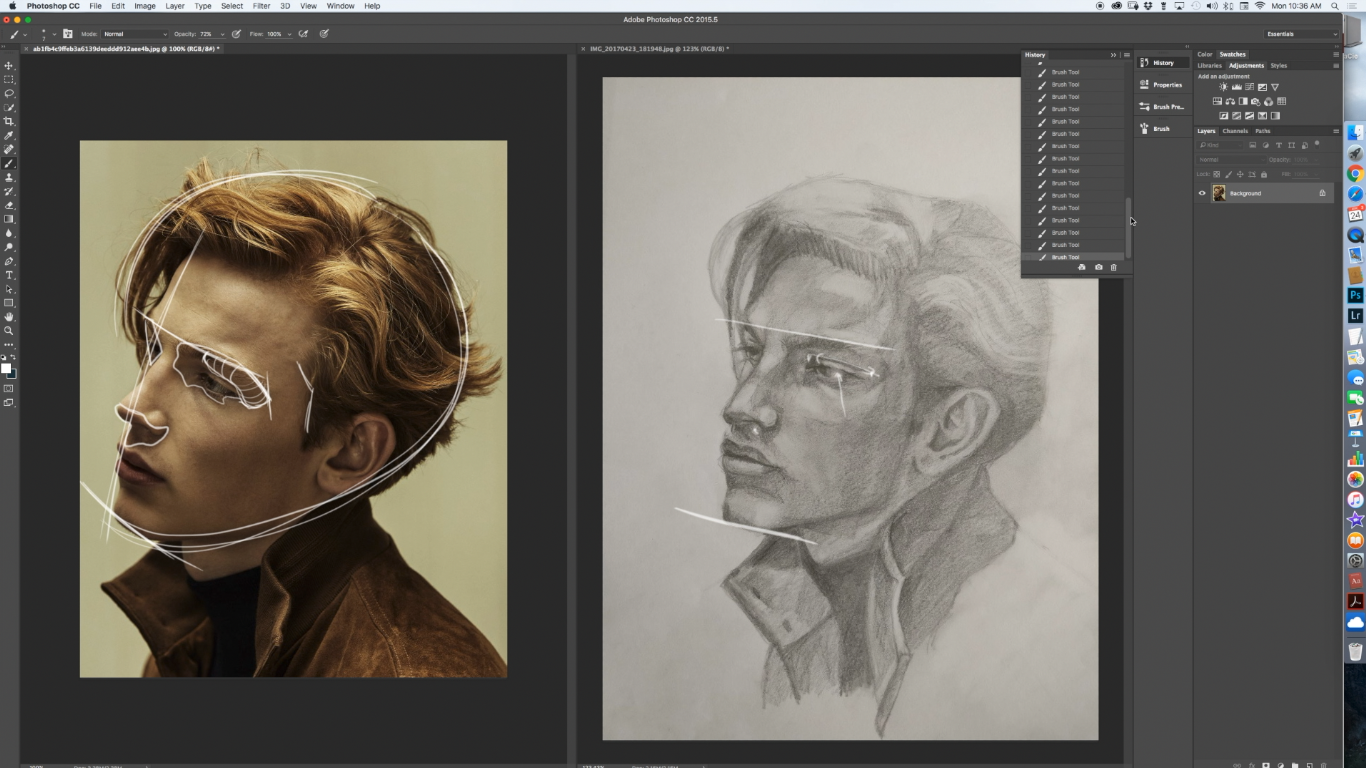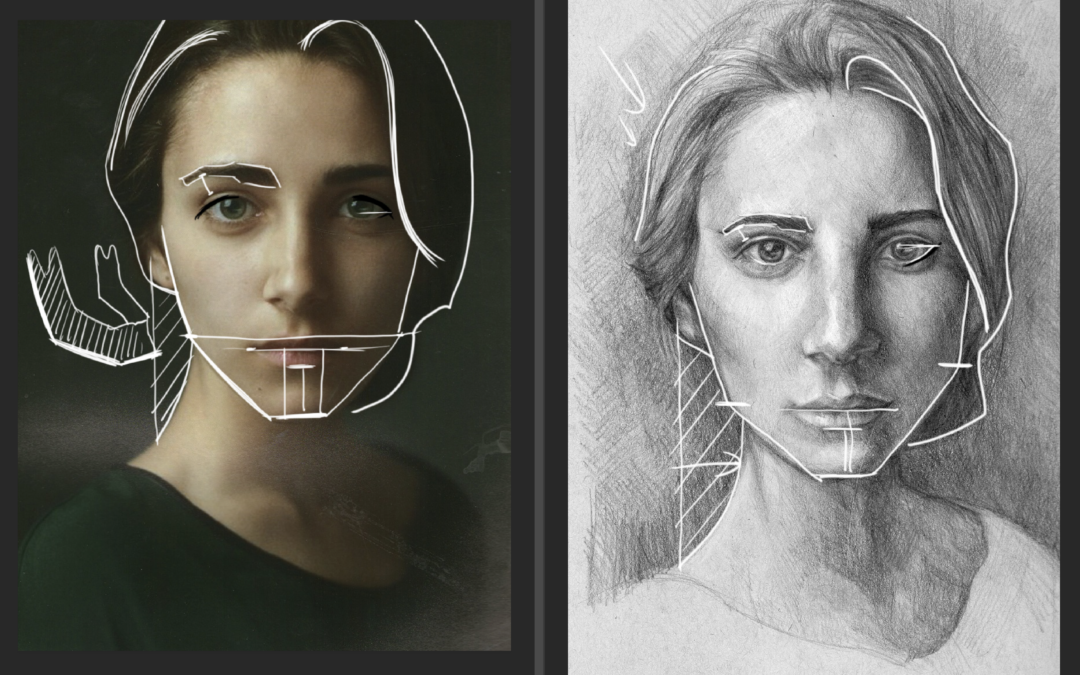
Portrait Drawing Tips – Getting A Likeness
Are you passionate about drawing portraits? Do you strive to draw a likeness correctly? If you do you watching this video will really help you.
One of the biggest portrait drawing techniques I teach in the classroom is shape of hair versus the shape of face. If you can draw the shape of the models hair, that is half the battle to drawing a likeness.
In this video I talk to the gesture of the models hair as well as the edge. If you can find the gesture or flow to the models hair that will help you tremendously. If you can establish a clear, soft outside edge to the hair that will help you too.
When drawing the jaw bone aka the mandible, with three simple angles, this will go a long way in creating a likeness as well.
Plus measure, measure, then measure some more. There are some simple techniques in the video that I use all the time. I trust if you master these techniques you will be able to draw anyone’s likeness with ease.
Thanks so much for watching!!
To find out how you can get your drawings critiqued visit Drawing Tutorials Online.

